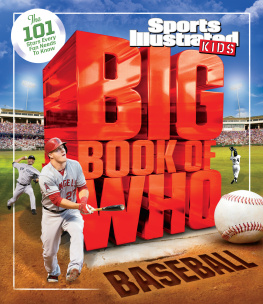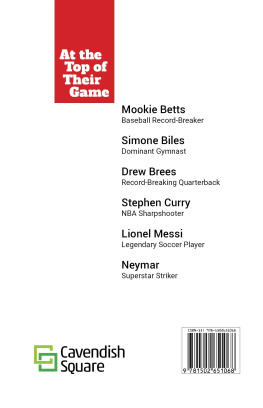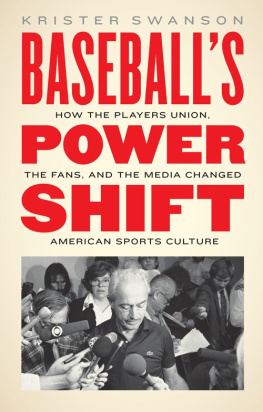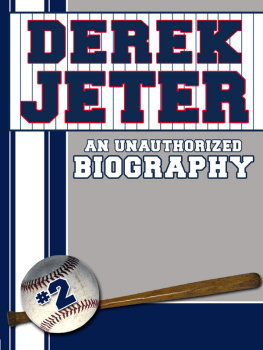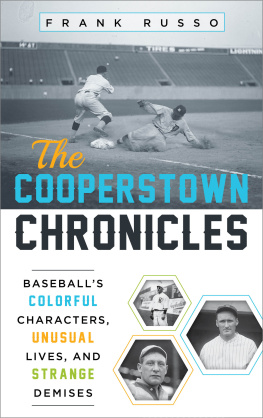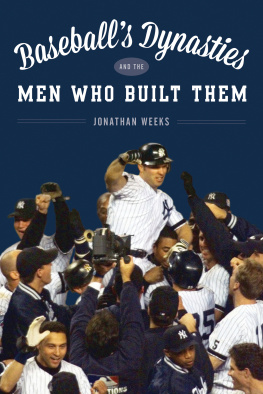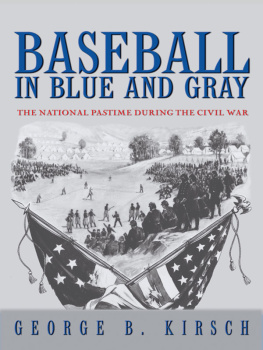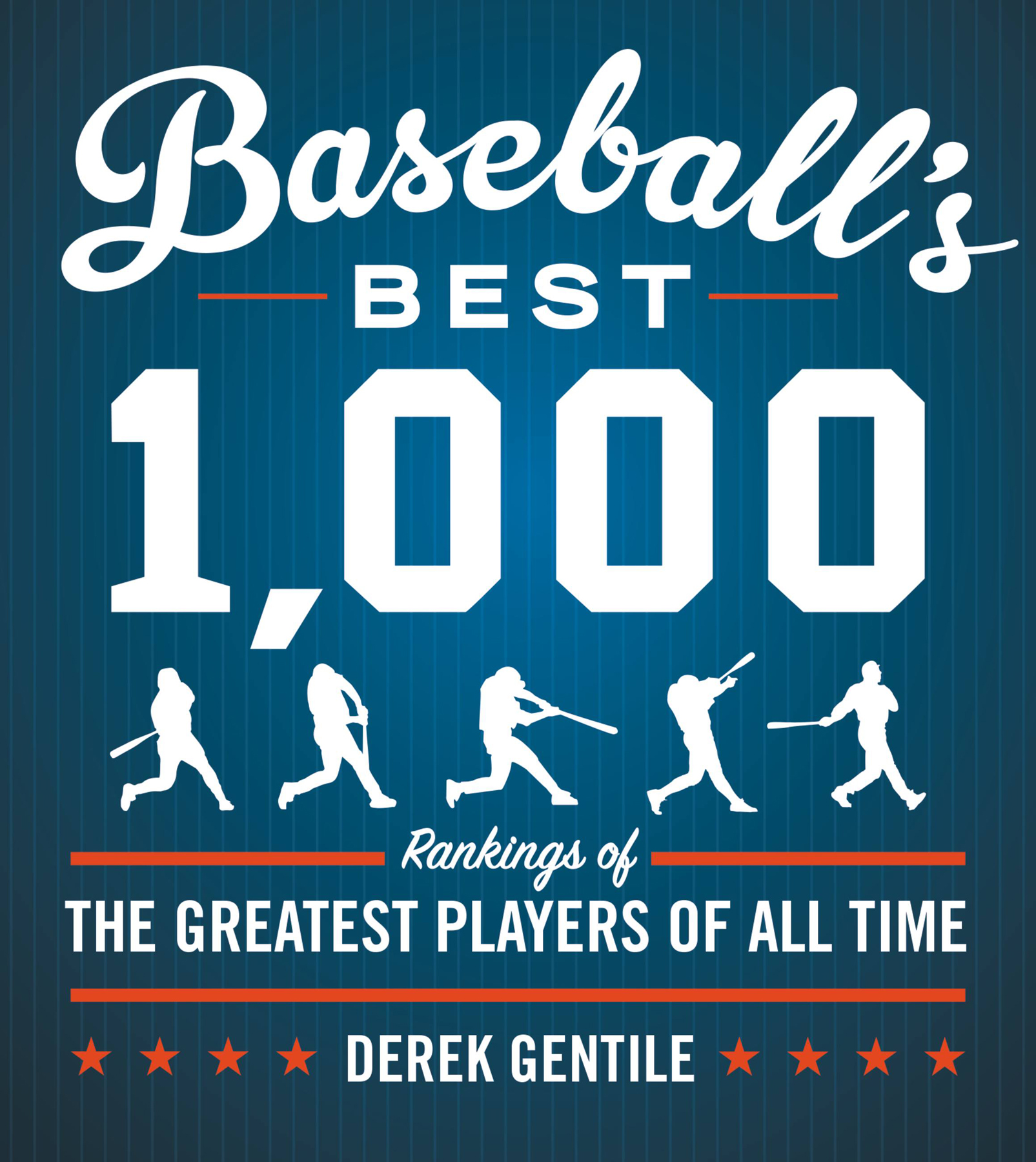This is an updated version of Baseballs Best 1,000, which I wrote in 2004. It was an attempt to list, in some kind of order, the top 1,000 baseball players of all time. Many people liked it; some didnt. But I had a good time writing it. This new edition gives me a chance to make a few changes and update the profiles that appear on these pages
I dont want to beat the proverbial dead horse, so I wont go into an extended explanation of how these rankings were put together. The way I compiled the list, as I explained in the previous introduction, was kind of backward. Instead of starting from Player Number One and moving on toward 1,000, I took every player in organized baseball and the Negro Leagues, and whittled the list down. There were about 20,000 players total with which to work, and after several weeks I got down to 2,800, then 1,500, then 1,000.
I tried to base the formula on a combination of real and comparative statistics. By that, I mean that Babe Ruths 714 home runs are factored in, as are his 2,213 RBI. But I also gave weight to the number of times he led the league in these categories, or finished second, or third, or whatever. This gave me a yardstick to, at least as I see it, measure players from different eras. In other words, if a guy won the home run crown five times between 1880 and 1900, as the Phillies Harry Stovey did, well, that had weight, regardless of how many he hit, which was about 10 a year.
In addition, I decided that players had to play at least 10 years. That enabled me to set some kind of guideline based on player durability.
The hardest things to factor in were awards. Yes, Don Mattingly won nine Gold Glove awards for his fine fielding at first base. Did he deserve all nine? Yankees fans will say yes. Non-Yankees fans may say no. I think he was a darn good defensive first baseman, and all those Gold Gloves meant other people did too.
In 1927, the MVP of the American League was Lou Gehrig. Not because he was better than Babe Ruth; he wasnt. But at the time, the leagues sportswriters, who voted for MVP, had a silly rule that a ballplayer could win the award only once. That rule is no longer in force, but for my purposes, I had to give Gehrigs MVP less weight than, say, Carl Yastrzemskis award in 1967.
Similarly, selections to the midseason All Star teams have always been somewhat suspect. Major League Baseball specifies that every team in the league be represented at the All Star game. Certainly we all know of one or more players every year who are excluded from an All Star team because they are the third or fourth All Star on a team already sending two or three. That was a factor as well.
But these awards meant something. They meant that the individual had performed at a higher level than his peers, so they absolutely could not be ignored. And they were not. I have taken them all on a case-by-case basis.
The major exception in all this is the list of players from the Negro Leagues. In many cases, we are dealing with players with very incomplete stats. In a few cases, despite a lot of research, I sort of throw up my hands and indicate that the lifetime stats of a certain player just arent available. But I dont want to give the impression that I based my ranking on guesswork in these cases. There are some great reference books out there on the Negro Leagues, and I have just about every one of them.
Anyway, because of that, while these stats are incomplete, they are not barren. We have a better-than-decent idea of the abilities of the Negro League players I list. So I did what I could.
That, in a nutshell, is how the list was compiled. If this sounds like a ponderous, tedious, difficult thing to do, I admit that parts of it were. But its kind of like eating one of those big, chocolate Easter bunnies: Once you start, you have to finish, sooner or later.
The interesting thing about lists is that everybody has one. And in the case of baseball, everyone seems to have three or four or five. I received a lot of feedback on this book, more than from any other baseball book Ive written. Most people gave me credit for even trying to do what I did. Some people had suggestions. What I decided to do was list the suggestionsthe reasonable onesand let you, the reader, know what I did about them.
1. There are two Kid Gleasons.
Not anymore. That was a mistake, which we fixed. And, frankly, a list that was 99.8-percent correct aint too bad.
2. Where is Hall of Famer Goose Goslin?
Right there, at Number 210. He was not, however, in the last index, which generated a call from a Tigers fan.
3. Why are some Hall of Famers so far down on the list? Doesnt the Hall of Fame induct the greatest players in baseball?
This is my list, not the Hall of Fames. Thats the easiest way to explain it. The Hall of Fame is run by some of the nicest, most professional people I have encountered in book-writing land. That said, I dont agree with all their selections. Nor do you, dear reader, if Im not mistaken. So some of these guys arent in the upper echelon of this book because, while they may have fit the guidelines of the Hall of Fame, they didnt fit mine. Thats about it.
4. I cant believe Pete Rose is at Number 20. Is this because of his gambling problems?
No. Pete Rose is where he is for a lot of reasons, but his penchant for betting on baseball was not a factor. To the folks who sent me reasoned letters and e-mails as to why their guy should be in or higher, or why someone whos not their guy should be out or lower, Im sorry. Its not that I cant defend this list, its that, again, this is my list. If you want to come to town and buy me lunch and argue it, thats fine. If lunch is good enough, I may concede you have a point. But I doubt Ill change my decision much.


